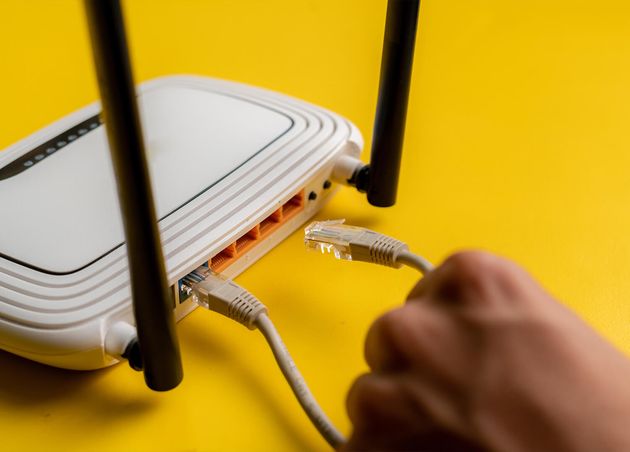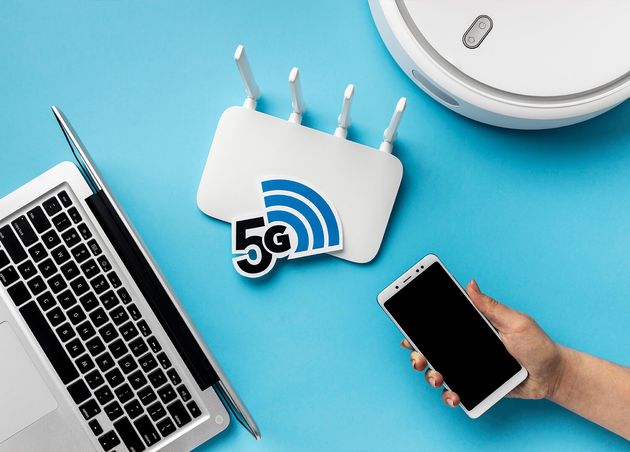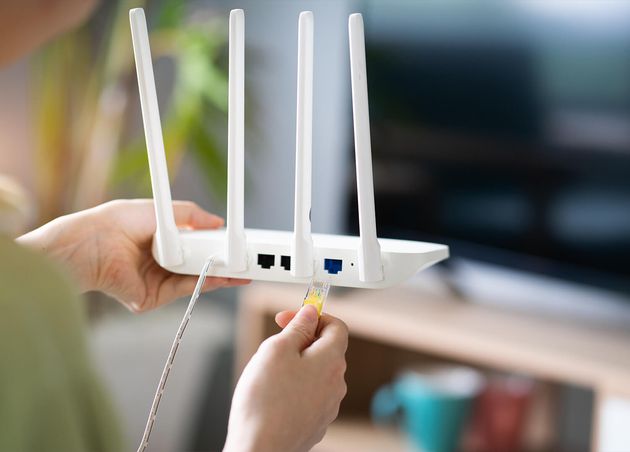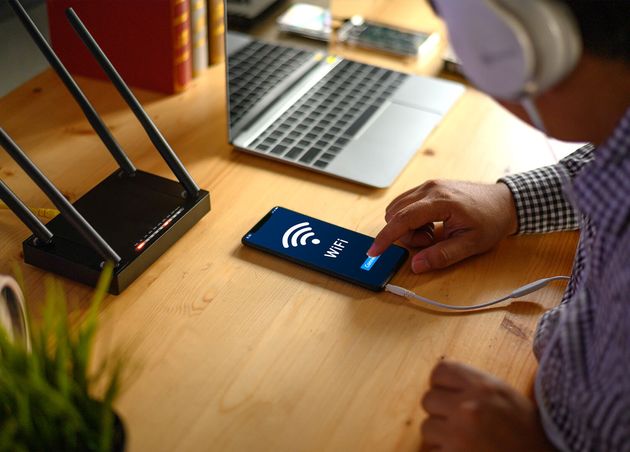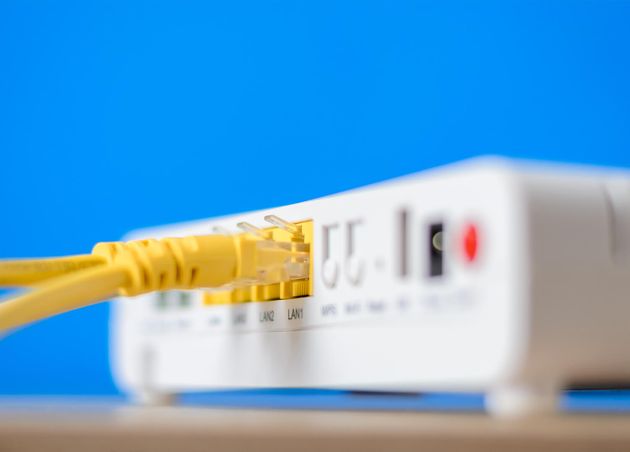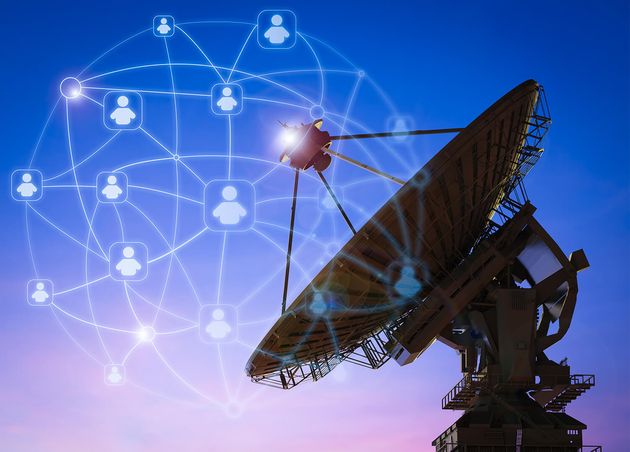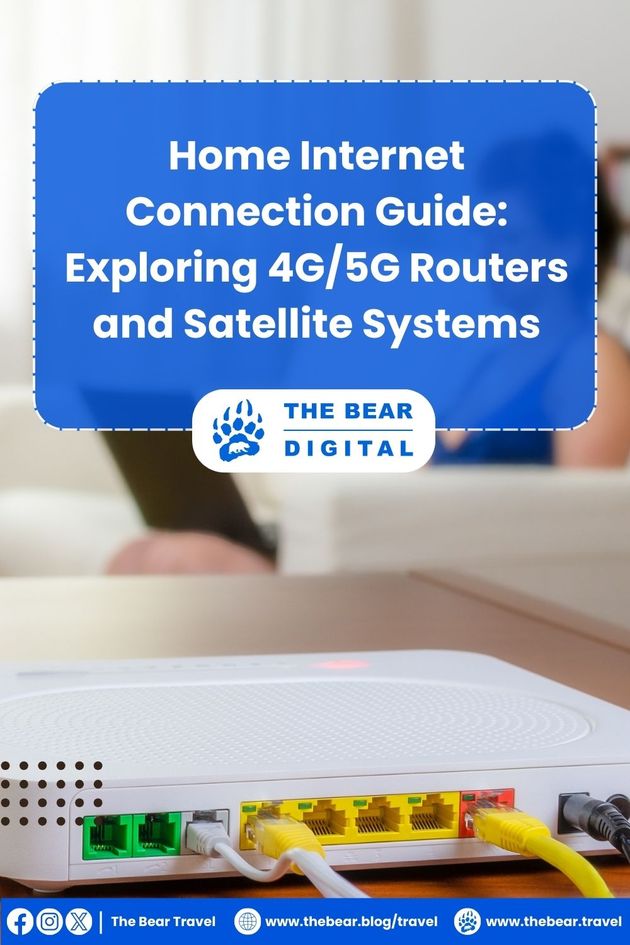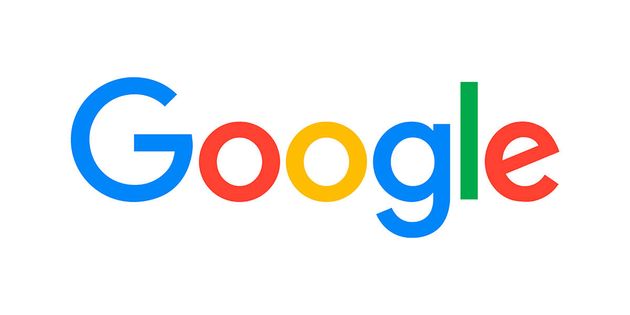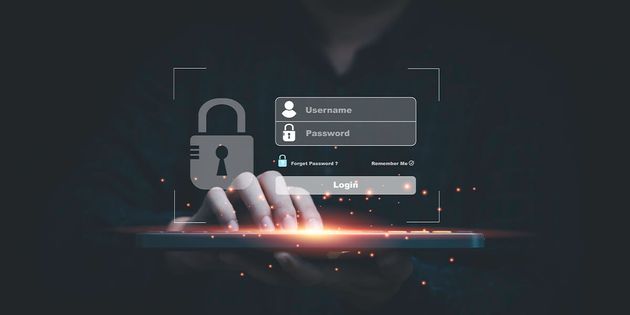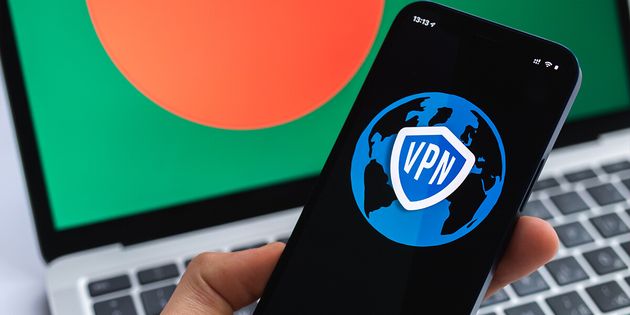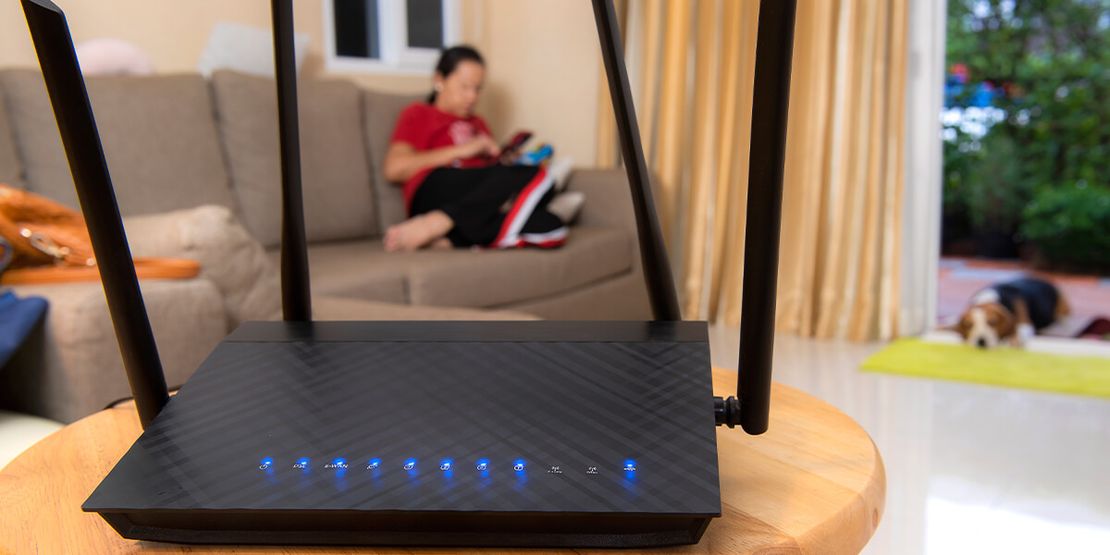
Home Internet Connection Guide: Exploring 4G-5G Routers and Satellite Systems
Finding the best internet service providers and packages with excellent internet security for your house frequently involves balancing your needs, available options, and budget. A person who lives in an urban region and shares their network with numerous high-demand internet users would probably have a different internet service than someone who lives in a rural area with limited downloading and streaming demands.
The kind of internet service you use at home greatly impacts your dependability and speed. The two crucial factors to consider when choosing the best internet service in your area are speed and cost. However, one more thing you should consider is the type of connection. Ignoring a provider's technology is simple, yet it can significantly impact availability, speed, and dependability.
Home internet services use both wired and wireless connections. Coaxial cable, fiber-optic, and copper (or DSL) internet connections are examples of wired connection types in which a wire is linked straight to your house. Your possible choices for wireless internet include satellite internet, fixed wireless, and 5G home internet, which is gaining traction.
In the next sections of this article, we'll explore more home internet connections as we explore the 4G/5G routers and satellite systems.
💻 Tech Fact!
The internet has become a necessity in today's world. When we use the internet responsibly, it simplifies, expedites, and makes our lives easy.
Maximizing Connectivity Beyond Fiber Optics
A connection that enters your home through long, thin glass or plastic strands is known as fiber-optic internet. ISPs use these fibers to transmit data as light signals, which results in faster and more dependable connections than other types.
Even though fiber-optic can provide download rates of up to 10 gigabits (10,000 megabits per second) or more, most providers will likely cap download speeds at 1,000 Mbps, which is still fast enough to download an HD movie lasting two hours in less than a minute. Moreover, upload rates are much faster with fiber-optic service and usually mirror download speeds, which is crucial for online gaming, learning, and working from home.
Although the cost of the ultrafast plans can easily reach $100 or higher per month, most providers also offer slower speed tiers for $40 to $90 per month if speeds of 100 to 1,000 Mbps are considered slow. Other connection types might have slightly cheaper initial costs depending on the providers in your area. Still, fiber internet is probably the best deal overall when considering the speeds you receive for the fees.
Famous fiber internet service providers include Google Fiber, Verizon Fios, AT&T, CenturyLink, and Frontier Fiber.
5G Home Internet: A Developing Wireless Substitute
Although mobile internet is primarily meant to be used on your phone, mobile connections are becoming more useful for home internet use as technology advances and speeds rise, particularly with the introduction of 5G.
A mobile provider like T-Mobile or Verizon uses this kind of internet connection to broadcast 5G signals in every direction possible. A router receives these signals and converts them into a home connection, even though many are picked up by cell phones for internet use.
It's a fantastic method of getting broadband without having to deal with the businesses that carry the lines to your house or run a line yourself. While looking for mobile internet for home use, you will likely only have a choice of one or two plans with a flat charge for the speeds accessible at your address.
Verizon provides two 5G plans ($50 or $70 per month for download speeds that range from around 85 to 300 Mbps or 300 to 1,000 Mbps, respectively), while T-Mobile only offers one ($50 per month for download speeds that range from around 72 to 245 Mbps).
Notable mobile internet service providers include Verizon, T-Mobile, and AT&T.
Internet via Cable: Your Typical Connection
While cable internet is far more widely available, it falls short of fiber-optic connectivity in terms of reliability and maximum speed. Nearly 90% of households in the US have cable access, making it one of the most popular internet connection options. Cable is frequently included in TV package deals, which makes sense since cable TV and the internet share the same coaxial lines.
Even with fiber internet becoming faster, cable internet service is still among the quickest connection types. Numerous speed options are available from most cable providers, including a gigabit plan with download rates of approximately 940 Mbps. Nevertheless, upload speeds differ because not many cable internet providers offer upload rates of more than 50 Mbps.
Concerns about speed reliability can also arise with cable internet because this connection is prone to network congestion and slower speeds, particularly during periods of high usage. Although the cost of cable internet varies greatly among providers, it is generally one of the cheaper internet connection options.
Mediacom, Astound, and Xfinity provide broadband connections for as little as $30 monthly. Another well-known cable internet provider, Spectrum, has a higher monthly starting price of about $50 but offers maximum download speeds of 300 Mbps. Prominent cable internet service providers include WOW Internet, Astound, Optimum, and Comcast.
Unlocking the Benefits of Fixed Wireless Internet
Fixed wireless is another internet access option; however, it may require additional processes and equipment and offer slower speeds and less bandwidth. Fixed wireless providers use radio waves to transmit internet communications, much like 5G. However, in contrast to 5G, those signals require a mounted receiver to have a clear line of sight to the closest tower.
Trees, hills, surrounding buildings, and other obstructions can obstruct or distort your connection. The typical range of fixed wireless internet speeds is 5 to 50 Mbps. Your available speeds may vary depending on several factors, including the distance from a nearby tower, which can also alter the quality of the incoming signal.
You should budget for a flat-rate cost, or about $50 per month, regardless of the speeds you can get. Depending on the provider, plans usually have a monthly data cap of 200 to 300 GB. Although fixed wireless has historically been a connection type available in rural regions, providers such as Starry Internet and Google Fiber are helping quickly extend the connection in metropolitan areas.
These providers provide internet signals to entire buildings, like apartment complexes, instead of beaming services to individual homes. An Ethernet connection is then used to connect the service to each unit. With gigabit speeds accessible in certain locations, these carriers can give speeds significantly quicker than standard fixed wireless service.
Famous fixed wireless internet service providers include Rise Broadband, Unwired Broadband, Etheric Networks, Starry Internet, AT&T, and Google Fiber Webpass.
DSL Internet: Fit for Remote Locations
Digital Subscriber Line, or DSL, is a fixed connection that is common in places where cable or fiber internet is unavailable. It uses copper phone lines to link to the Internet. It's comparable to dial-up service, but DSL is faster and won't hog your phone line.
DSL is the best option for people in remote areas seeking a reasonably dependable and reasonably priced internet connection. While only about 22% of people eligible for DSL service can get broadband speeds, defined as minimum downloads of 25 Mbps and minimum uploads of 3 Mbps, it does lag behind virtually every other type of internet.
Nevertheless, it can occasionally be more affordable and faster than satellite internet. DSL uses existing phone lines so companies can maintain low costs and improve availability. Renowned DSL internet companies include Windstream, Verizon, AT&T, and CenturyLink.
Harnessing the Potential of Satellite Internet
Satellite internet is the most accessible form of internet due to its lack of reliance on infrastructure installed on the ground, such as cellular towers, cables, or line-of-sight antenna connections. Alternatively, you'll link to geostationary satellites orbiting far above you via a mounted dish.
If you can see the southern sky, there's a strong chance that a satellite operator is willing to install a dish and provide you with service. The current range of satellite internet providers' average speeds is between 12 and 100 Mbps. That usually makes it a good choice for smaller homes looking to update social media, stream videos, and surf the internet.
New satellite providers—Amazon's Project Kuiper and Elon Musk's Starlink network, which started extending service in a few regions recently—promise to increase speeds by employing low Earth orbit satellites closer to the ground. This also reduces latency, or lag, since the signal doesn't have to travel as far.
A more competitive market for satellite internet could result in lower prices for customers. At the moment, satellite internet is by far the priciest kind of internet connection. Satellite internet plans start at about $60 per month, but that only covers modest data allotments and low speeds (up to 25 Mbps).
Prominent satellite internet service providers include HughesNet, Viasat, and Starlink.
Empower Your Connectivity with Home Internet
Finding a home internet provider in your area doesn't have to be difficult. When selecting a provider, you should consider customer service, ratings, service locations, cost, and speeds. Depending on where you live, you may have the option to select between two and three providers.
If you are well-informed and aware of your options, you will be rewarded when you select an internet provider with high-speed, high-quality internet. Know the kind and speed of the internet you need. Verify any additional costs or data limitations. Examine the resources offered to customers by the home internet provider. Read reviews and conduct further research on them.
Tech Bear


